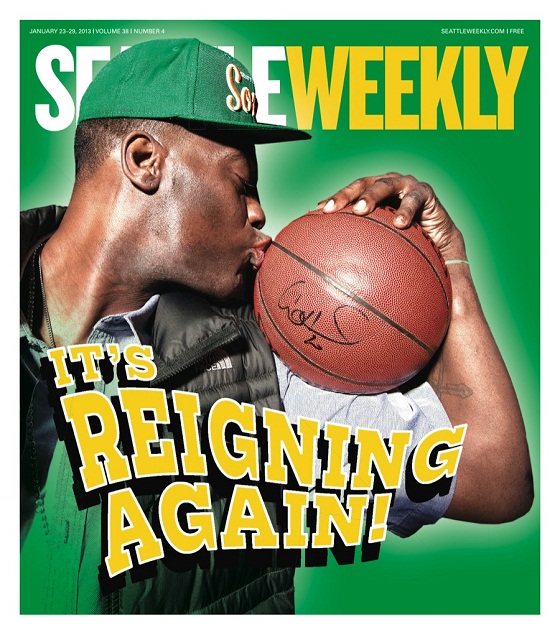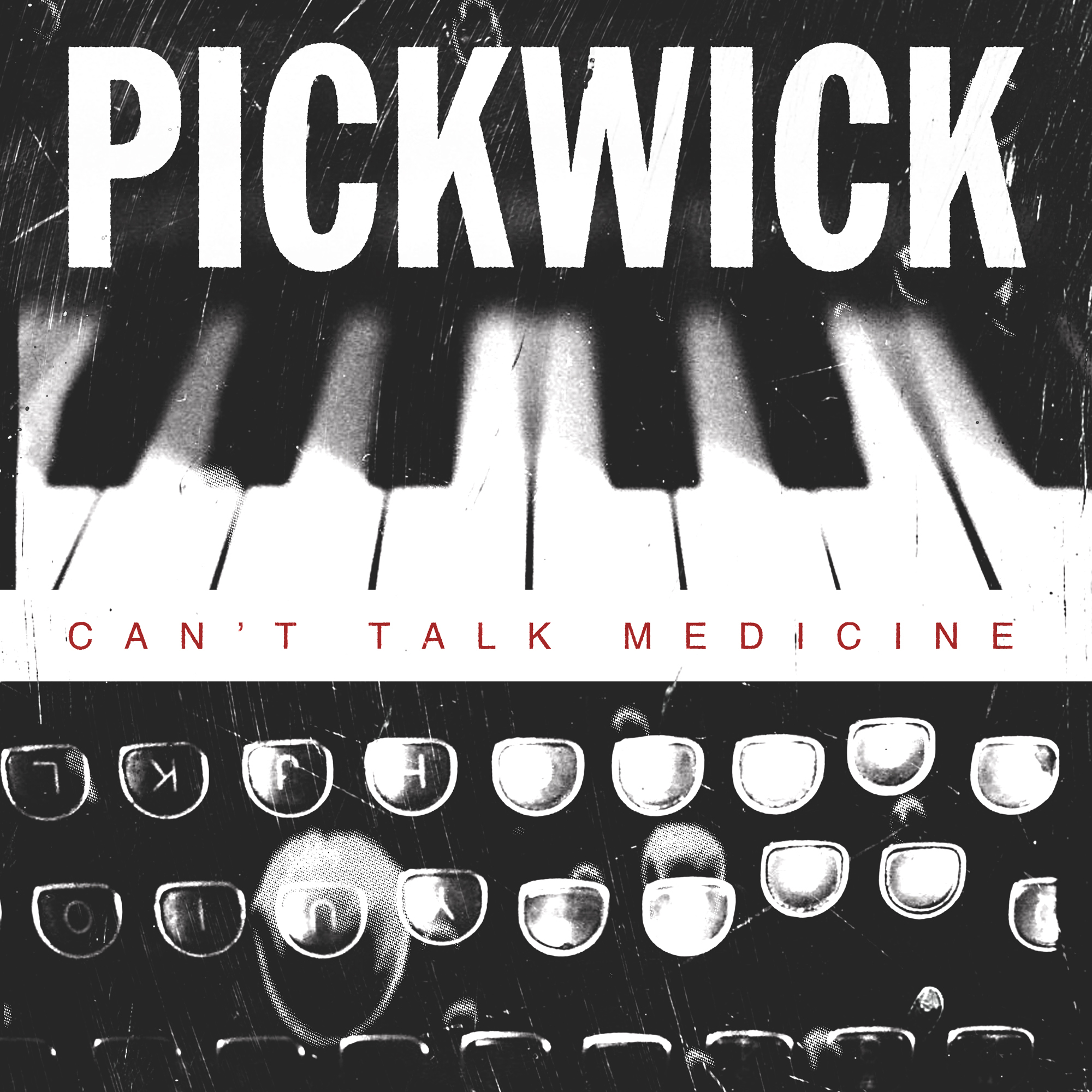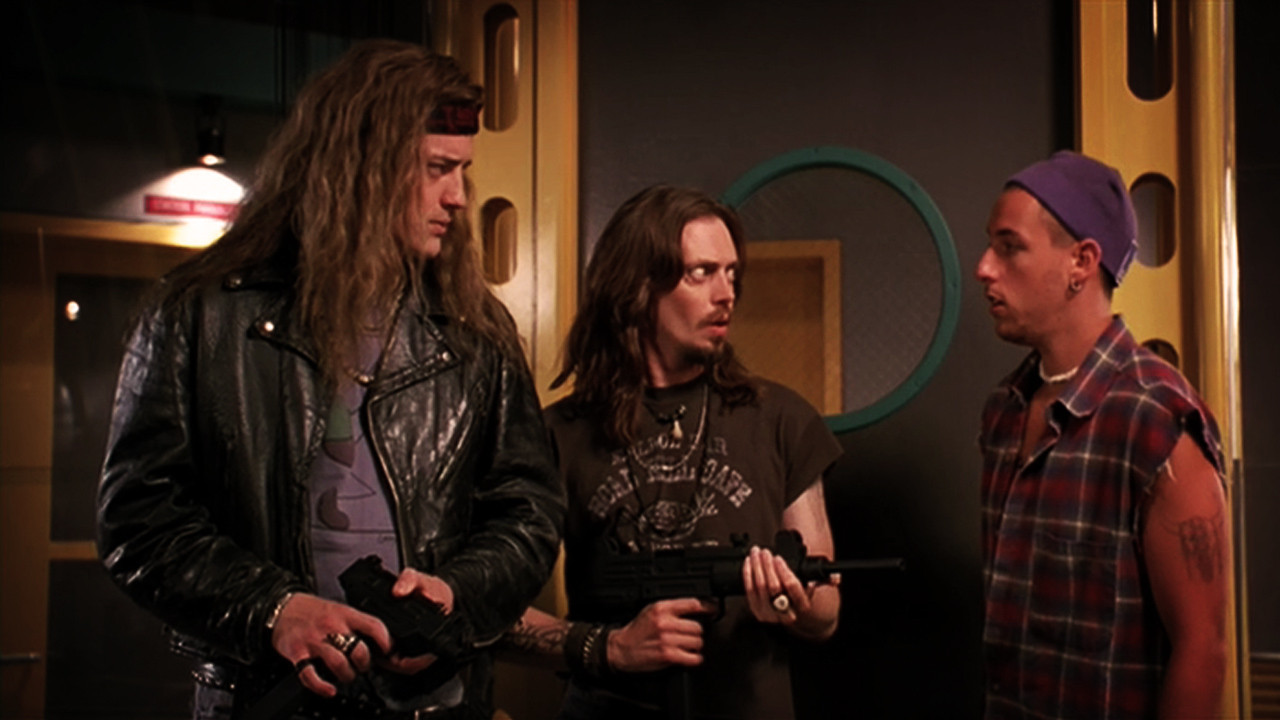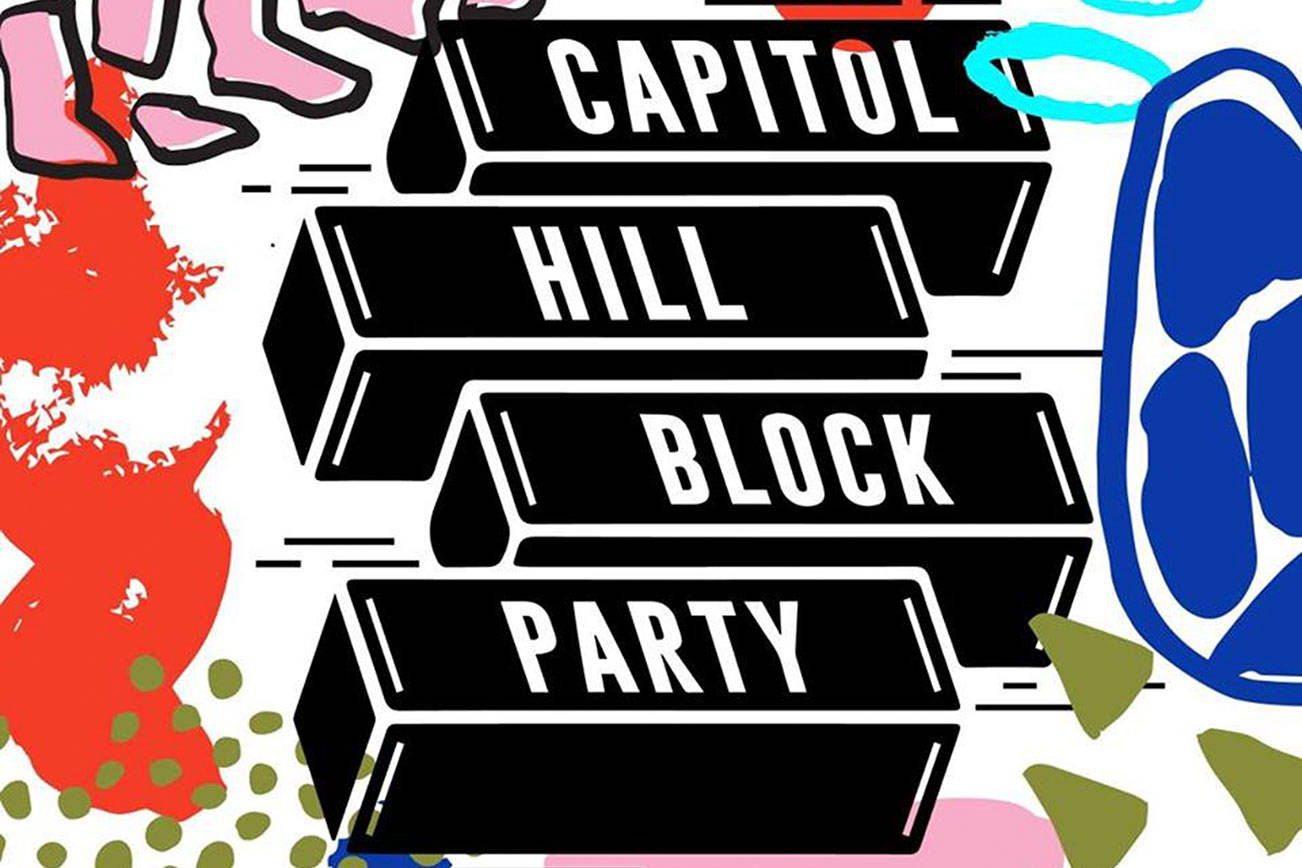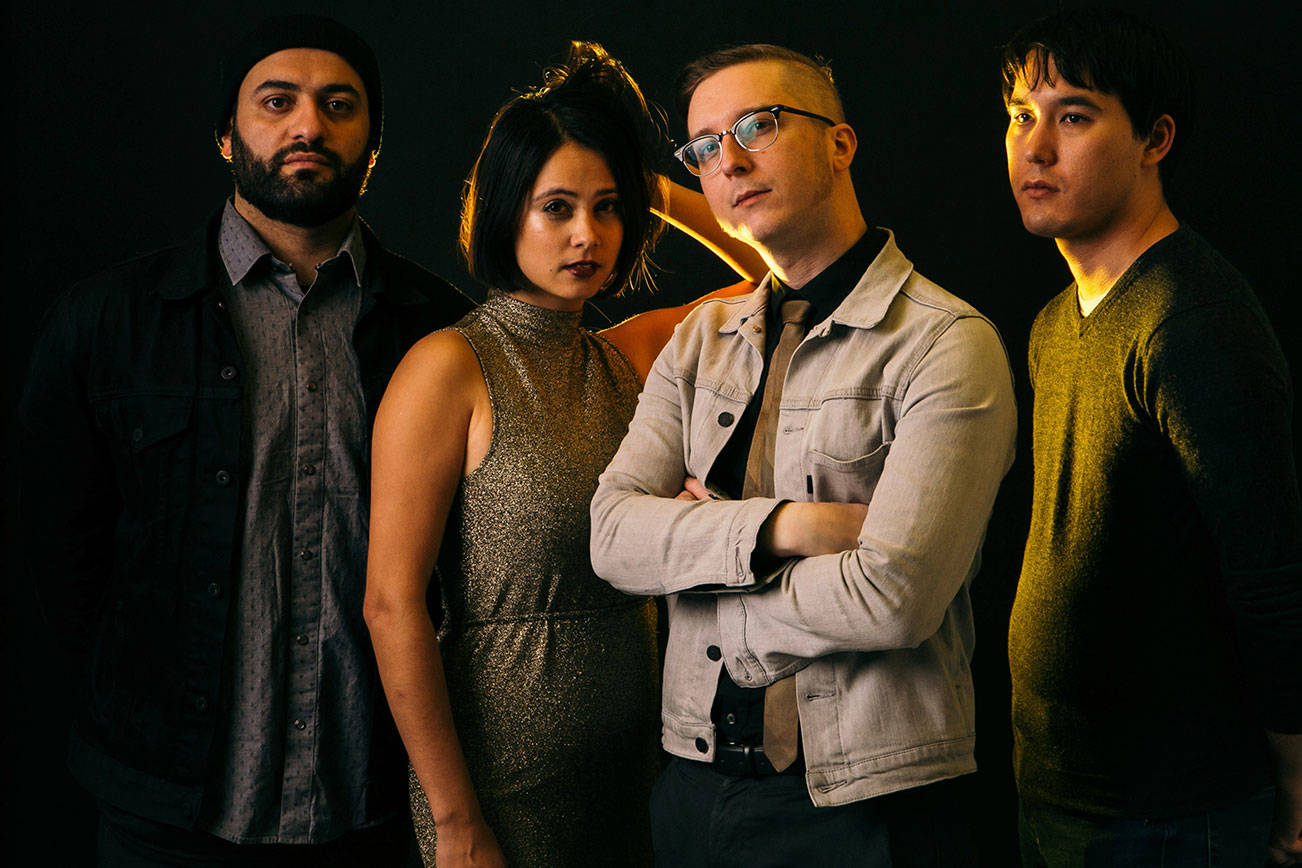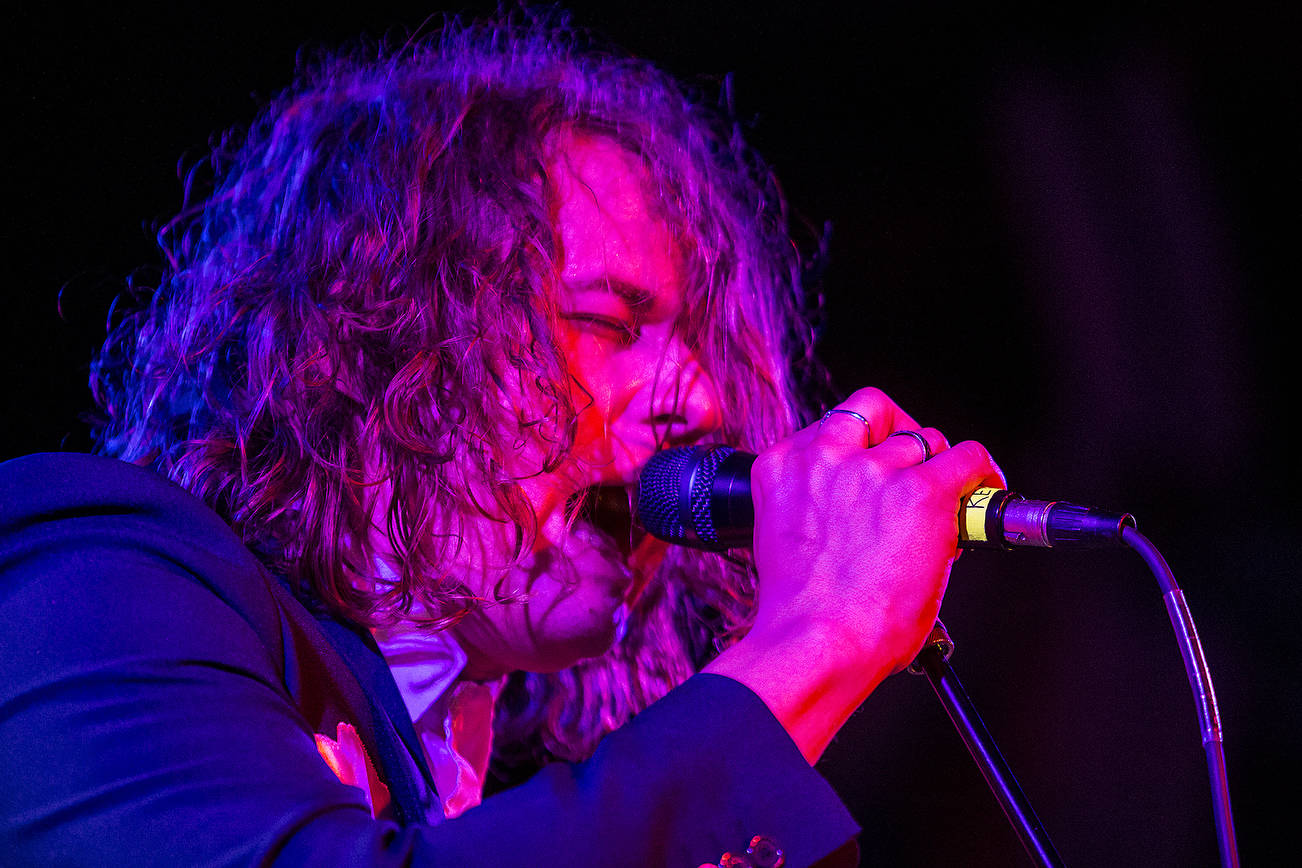Renee McMahonGotye played Bumbershoot’s Mainstage on Saturday, September 1.That an Australian pop singer who was a complete unknown to U.S. listeners a year ago was able to coax more than 12,000 Seattleites into KeyArena on a rare perfect day at the end of a truncated summer is a clear retort to the notion that the Internet has sacrificed mass appeal on the altar of niche marketing. But that half of Gotye’s capacity audience left after he sang his ubiquitous hit, “Somebody That I Used to Know,” demonstrates the crowd fickleness that’s been fueled by our cultural obsession with “trending.”It’s true that the Internet’s massive media offerings, diversity of opinion, and capacity for socializing has fragmented our society. Because the masses have become hard to corral–because there’s less consistency across large groups–when a wide-scale hit arises, everyone wants a piece of it. Such is the story of “Somebody That I Used to Know.”It’s not just that it’s a cross-format hit that has been played on at least a half-dozen radio stations in Seattle. It’s that it’s played and referenced everywhere. Constantly. It’s in elevators, grocery stores, and Safeco Field. And thanks to its oft-parodied music video, it’s the summer’s go-to cultural reference–the reason the song isn’t just being played to death, but also talked to death.The Gotye phenomenon — or more accurately, the “Somebody That I Used to Know” phenom — is part of our culture’s larger fixation with “trending.” Readers, tweeters, editors, and reporters all want to be part of the most popular conversations online: the flare-ups, debates, pop songs, and other phenomena that have found a large audience on a medium that is not supposed to have large audiences anymore. The result is an expanding galley of voices shouting about the same thing, each desperate to carve out their own negligibly unique angle; more conversations about the same popular topics instead of aggressive investigation and dissection of the new. This is why everyone knows “Somebody That I Used to Know,” but nobody gives a crap about any of Gotye’s other songs. It’s why there’s no need for him to play an entire set. It would make more sense for Gotye to hook up with fun. (“We Are Young”) and Carly Rae Jepsen (“Call Me Maybe”), hire a single band, and run through their singles in 25 minutes, like they do on those doo-wop specials on PBS. A single here is not an entry point into an artist’s canon — it’s an anecdote, an mp3, a video, a hashtag. It’s not important to get invested in the artist, it’s important to know what’s trending today, which will inevitably be something different tomorrow. This is why Gotye and Skrillex — or fairy tales, another popular cultural fixation discussed at the festival today — make perfect sense as festival headliners in 2012: They’re dominating the conversation.It used to take years — or at least a couple of flops — for artists to become has-beens. Gotye only has four minutes and four seconds before his fans move on.
More Stories From This Author
Capitol Hill Block Party Artist Panel Series 2019
The Capitol Hill Block Party Artist Panel Series 2019 is free (no festival wristband required), all-ages, and takes place from…
Golden Idols will release new EP
Seattle quartet returns with ‘Uneasy’
Travis Thompson, Wolf Parade headline Fisherman’s Village fest
The Everett Music Initiative festival, May 16-18 in Everett, will showcase more than 50 acts.
